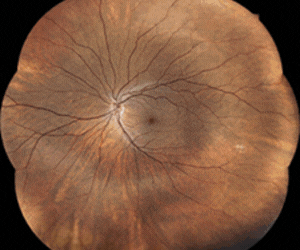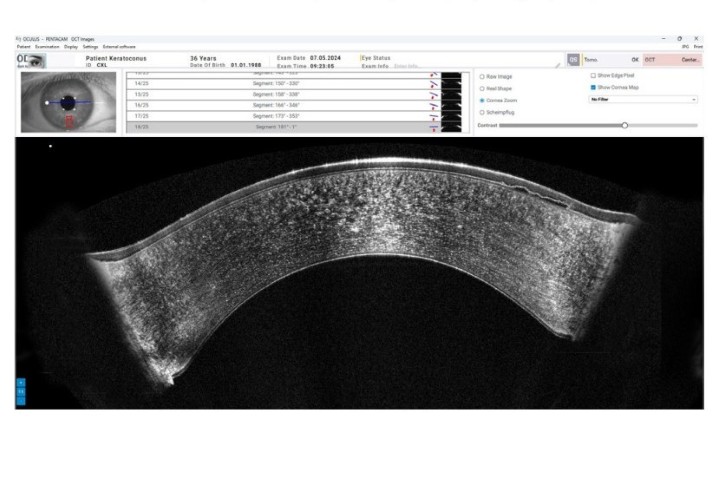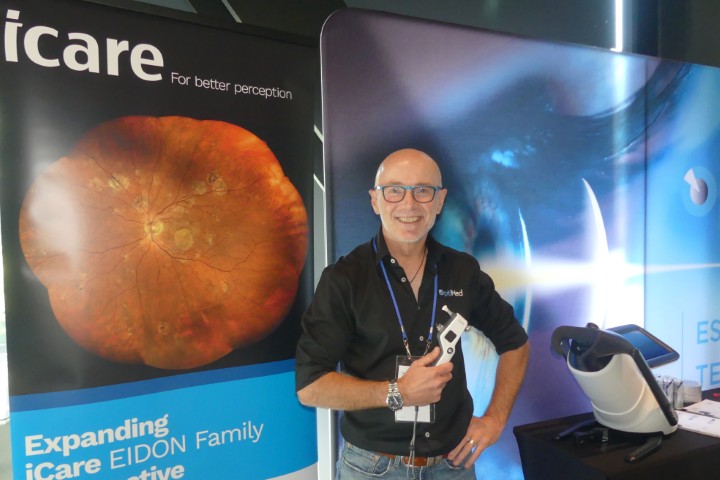‘Atlas’ of eye-cell genes unveiled
A US research team said it hopes its new ‘eye atlas’, detailing which eye cell types express certain disease-associated genes, will support the design of effective therapeutic strategies to avoid blindness.
Over a period of 10 years, a team of researchers from Harvard, led by neurobiologist Professor Joshua Sanes, analysed 151,000 human eye cells using single-cell RNA sequencing. These data were used to catalogue nearly 160 cell types found across all the eye’s structures, alongside the genes each cell type expresses.
Detailing their findings in Proceedings of the National Academy of Sciences, the team tested the atlas by mapping the expression of more than 180 glaucoma-associated genes. They found these genes were expressed in in the retina, trabecular meshwork and optic nerve head, but said they were surprised to find them also in the retinal pigment epithelium.
“Our atlas can be used to assess which cell types express any disease-associated gene, thereby suggesting ways to design effective therapeutic strategies,” Sanes said in an interview in the Harvard Gazette.
The full paper is available here.



























